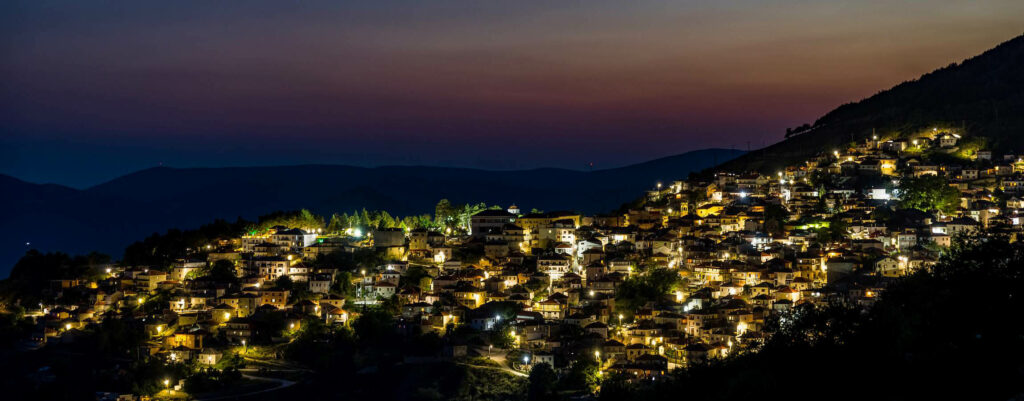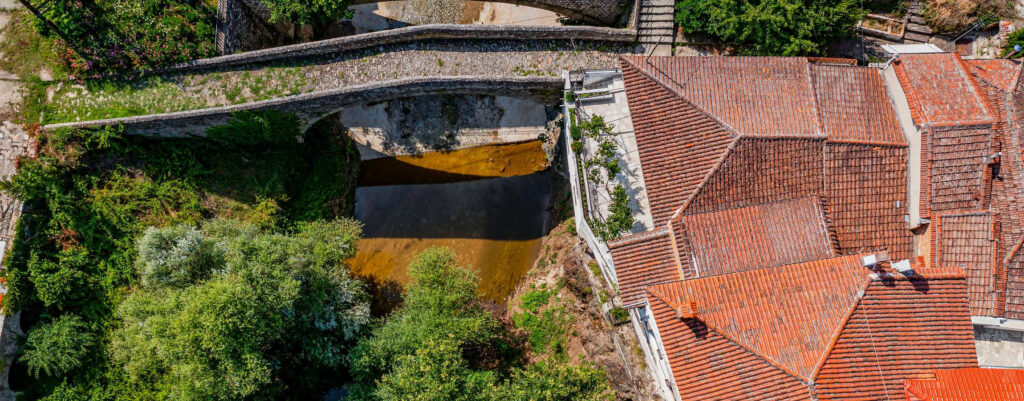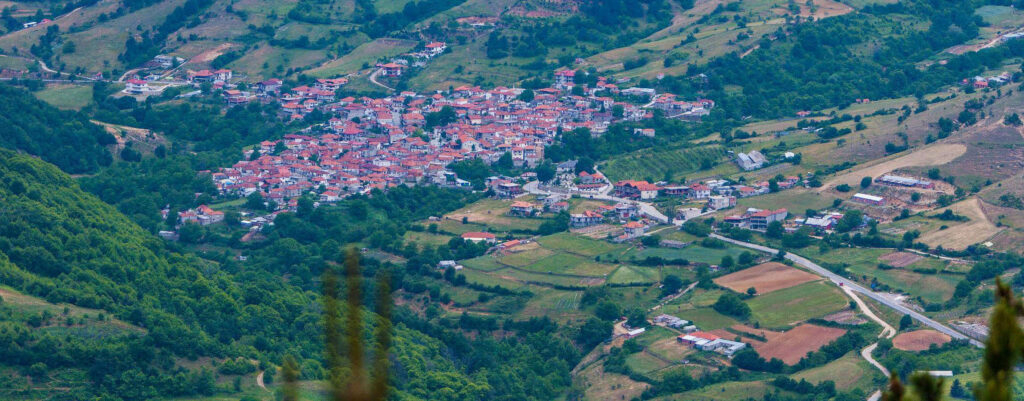Livadi

The historical village Livadi is located on the slopes of Titaros at an altitude of 1181m and is surrounded by the mountainsides of Pieria, Olympus and Komvounia. It overlooks the peaks and slopes of Olympus to the east, while its horizon extends to Koziakas to the south and west. The landscape is enchanting and extensive reforestations have been made in the area around the small town. Livadi was founded in the 17th century and witnessed great economic and intellectual growth in the 18th century. Its people took part in all the revolutionary movements in the region of Olympus.
Stone bridge of Elassona

The single-arched bridge over the Elassonitis River used to connect the two sides of Elassona. It was most probably built during the mid-17th century to replace a Byzantine bridge (13th century). The town’s stone-built monument is no longer in-use since a new, modern bridge has been built right next to it.
Agios Dimitrios

As we follow the national motorway from Katerini to Elassona, after the village of Milia, we pass along an impressive densely-wooded gorge that divides Mount Olympus from the smaller Mount Titaros. These are the famous “Petra narrows”, one of the three big passes of Olympus from ancient times to the present. The gorge waters are used to irrigate fruit trees and “pezoules” (terraced cultivations) where the renowned Agios Dimitrios beans are cultivated; the area used to have watermills and “Mantania” (Fulling Mills). 33 km from Katerini lies the village of Agios Dimitrios which was formed from smaller villages in the 15th century. Many of the villagers were executed during the German Occupation due to their participation in the national resistance and the village was burned down three times by the Occupation forces. The Village of Agios Dimitrios still preserves old stone-built houses with wooden balconies, while the shops and taverns offer local products.